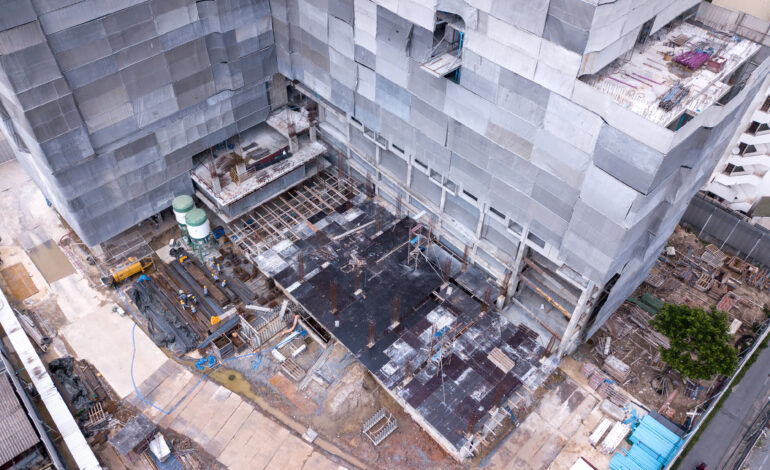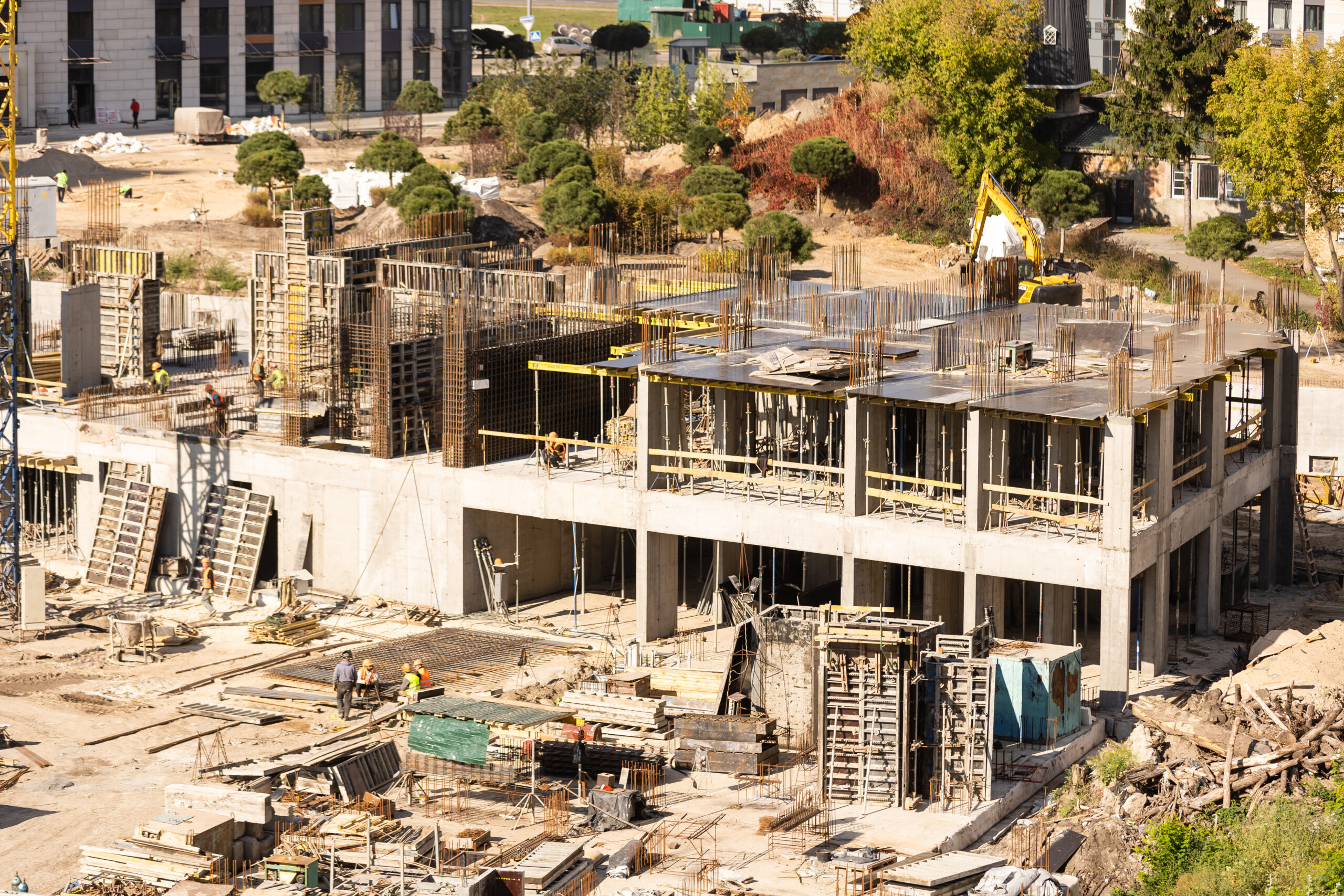The future of the construction industry

Preparing for fundamental shifts in connected construction
Are engineering and construction industry leaders ready to harness the full potential of changing industry dynamics to benefit their clients, people, organizations, communities, and society more broadly? Our new, two-part report takes a detailed look at the key trends shaping engineering and construction and the fundamental capability shifts needed for long-term success.
Key trends: New ways E&C firms are doing business
Changes in customer demand, the nature and economics of construction, and the realities of the modern supply chain have led to fundamental shifts in the way engineering and construction (E&C) firms tend to do business. Construction is no longer simply about building unique structures and physical infrastructure. Fundamental shifts are happening that can push E&C firms to explore radically new ways of creating and capturing value as they make the leap toward the fourth industrial revolution. Five key trends are largely driving the future of construction:
- Smart operations
- Prefabrication and modular construction
- Data and advanced analytics
- Future of work
- Strategic sourcing
To navigate this rapidly changing industry landscape, E&C firms should develop a connected, integrated, and automated operations foundation—a dynamic, always-on network that provides continuous access to information, analytics, and insights, with a host of efficiency- and productivity-enhancing technologies. With this foundation, E&C firms could consolidate construction management platforms with analytics layers to enable dynamic scheduling and inform data-driven decisions in the short term. And in the long term, they could deliver turnkey solutions with preferred ecosystem partners. This should help E&C firms deliver greater certainty on schedules and budgets, increase productivity, and reduce disruption onsite. This new industry standard that digitizes and connects job sites by overlaying data analytics can help drive dynamic, data-driven workflow management and decision-making.
Key capability shifts: Traditional versus future processes
While many E&C firms are gradually shifting from primarily manual processes to deploying point solutions and single-use cases, or “pockets of digital,” making a successful transition often requires fundamental shifts in the overall ways of working. These key fundamental capability shifts are expected to involve moving from traditional process areas to more sophisticated operations in the future.
- Traditional process areas
- Engineering design
- Procurement
- Offsite assembly
- Onsite building and construction
- Project management
- Future process areas
- Configuration and structural design
- Strategic sourcing and procurement
- Prefabrication and logistics
- Onsite installation and build
- Smart portfolio management
To effectively prepare for these fundamental shifts, an E&C firm’s transformational efforts should be underpinned by a strategy to connect prefabrication and warehousing facilities, construction sites, and extended supply networks through a command center—a set of tools and techniques that allow firms to proactively manage their end-to-end construction process in real time and achieve new efficiencies through connected visibility, proactive exception management, and predictive insights.
Smart, connected, integrated, and automated operations provide a single baseline built on real-time tracking of information. This positions firms to deliver step-change improvements in decision-making through advanced analytics, enable remote management of assets where feasible, and streamline workforce allocation and utilization. To lay a strong foundation for a successful future and deliver desired outcomes, E&C firms should focus on having a holistic technology convergence approach that connects, integrates, and automates construction sites with the entire value chain on a secure, intelligent infrastructure.





